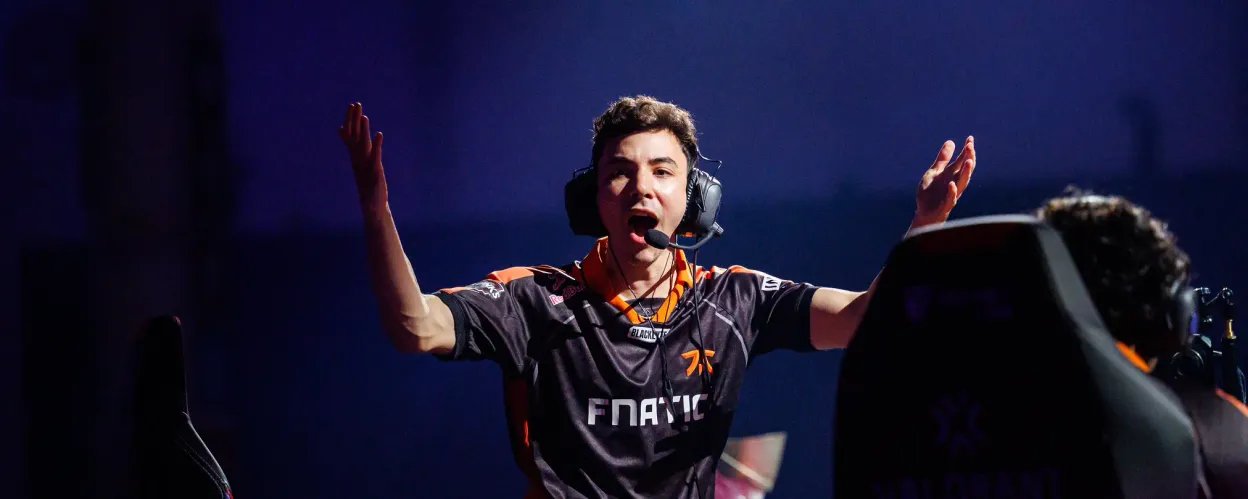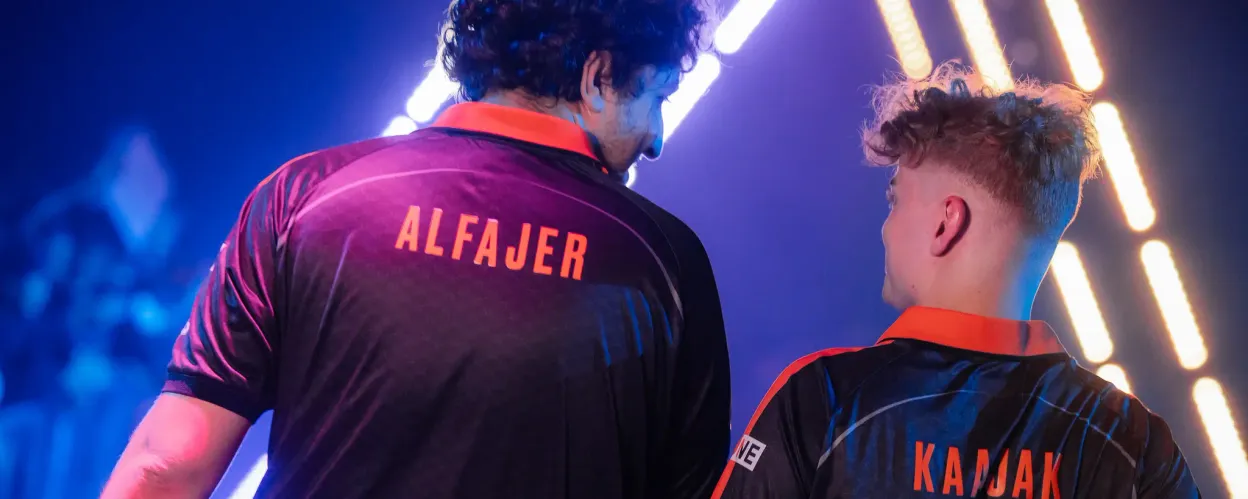Masters Toronto reached a peak concurrent viewership of 2.8 million
2025-06-23 09:08 (UTC)

Time: 2025-06-23 09:44 (UTC)
Map Pool Overview
Lotus was played 12 times. The CT side secured a 55% win rate, while the T side managed 45%. The only map in the pool with a clear defensive bias, Lotus emerges as the strongest CT-sided map of the tournament. Teams often leverage tight site chokes and layered utility to lock down attackers.
Icebox was played 11 times. The CT side secured a 41% win rate, while the T side managed 59%. A surprisingly attacker-favored map, Icebox has become a haven for teams that excel in verticality and fast site takes. Its high play count and T dominance highlight its current meta relevance.
Split was played 9 times. The CT side secured a 45% win rate, while the T side managed 55%. Historically known for its defender tilt, Split has shifted noticeably toward attackers in
Ascent was played 7 times. The CT side secured a 43% win rate, while the T side managed 57%. Once seen as one of the most balanced maps, Ascent now leans T-sided. It’s particularly favored by teams with strong default play and mid-round flexibility.
Haven was played 6 times. The CT side secured a 52% win rate, while the T side managed 48%. Despite being a 3-site map, Haven trends slightly CT-favored. Rotational awareness and quick adaptiveness are key to capitalizing on this edge.
Pearl was played 3 times. The CT side secured a 42% win rate, while the T side managed 58%. The least played map, but extremely T-sided when picked. Pearl’s wide lanes and post-plant potential benefit aggressive, coordination-heavy lineups.
Summary and Analysis
With Lotus leading the map pool in pickrate (12 matches) and a clear CT lean at 55%, teams frequently relied on strong setups and site anchoring. In contrast, maps like Icebox (59%), Ascent (57%), and Pearl (58%) showed significant attacker-side dominance, hinting at a broader strategic shift toward fast executes and post-plant play.
Lower pickrate maps like Haven and Pearl still offered meaningful data: Haven remained slightly defender-favored despite its unique three-site layout, and Pearl confirmed its attacker-friendly design.
As the dust settles on Masters

2025-06-23 09:08 (UTC)

2025-06-23 08:43 (UTC)

2025-06-22 23:09 (UTC)

2025-06-22 22:01 (UTC)